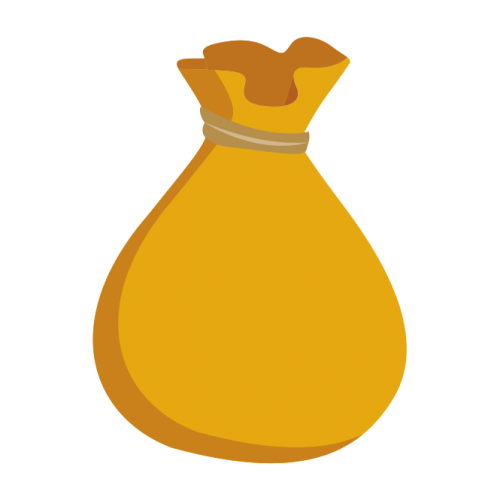problem
What's in the box?
This big box multiplies anything that goes inside it by the same number. If you know the numbers that come out, what multiplication might be going on in the box?

problem
Money bags
Ram divided 15 pennies among four small bags. He could then pay any sum of money from 1p to 15p without opening any bag. How many pennies did Ram put in each bag?
problem
School fair necklaces
How many possible symmetrical necklaces can you find? How do you know you've found them all?
problem
Dice in a corner
How could you arrange at least two dice in a stack so that the total of the visible spots is 18?
